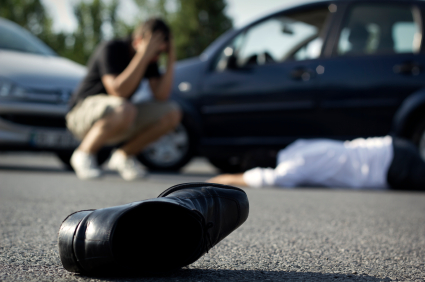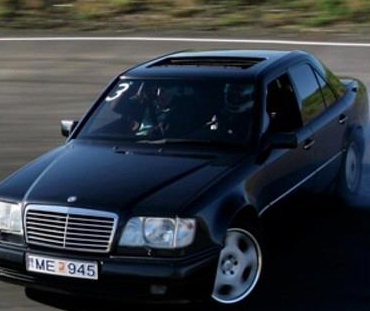Following on from my previous post, an alcohol intoxicated pedestrian not only faces an increased risk of slips and falls but also runs into conflict with motor vehicles and traffic, with predictable results. The more serious the pedestrian accident, the most likely the pedestrian had been intoxicated with alcohol (BAC > 0.150 g/100mL), as shown in the following table (WOA61401):
ntoxicated pedestrians were more likely to be killed in the countryside that in the city (48% vs 23% of the victims respectively) (WOA61403). Alcohol intoxicated pedestrians were also more likely to cross the street mid-block rather than at the traffic signals and to be involved in more far-side accidents as pedestrians with high BACs are less able to judge the gap in two directions of traffic (WOA61401). A lower mean BAC was found in pedestrians who were run over by a motor vehicle in the upright position (0.153 g/100mL) than those run over in the prone position (0.214 g/100mL) (WOA61406).
The relative risk (RR) of pedestrian motor vehicle injury has been found to increase with increasing BACs as shown in the following Table (WOA61405).
The basis for this increased risk is the impairing effects of alcohol similar to what has been discussed in my previous blog [Personal Injury and Alcohol].
Interestingly, there seems to be a relationship between alcohol positive drivers and alcohol positive pedestrian victims. In one study, the majority of alcohol positive drivers involved in pedestrian accidents had run over an pedestrian who was also alcohol positive (WOA61404).
So, although alcohol intoxicated pedestrians may feel “invincible” due to “Dutch courage”, they have a serious risk of injury or death when confronted with several tons of steel traveling at 60 mph.





